Hi,
still struggling with IDs, whenever I feel I am getting better there is some kind of setback with ether a misidentification or a species I can‘t ID at all. As a result I don‘t feel confident in my IDs.
Yesterday and today I went out again to take some pictures near Mönchengladbach. For most I think I got the ID right but would like to ask for confirmation. Also it would be nice if you could help me with number 4.
1. Male Common Darter? Black legs with yellow streaks, black at base of frons but not extending down the side
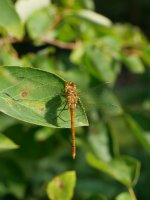
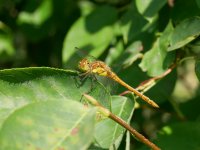
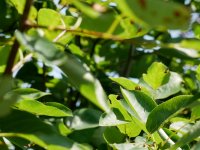
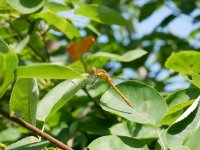
2. Keeled Skimmer?
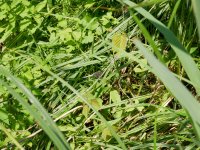
3. Azure Bluet?

4. Strugglin with this one. In field I thought female Azure Bluet as it was flying along male Azure Bluets, but after seeing the photo, I struggle to match it with the pictures in my guidebook. Markings on the back look similar to female Blue featherleg but the legs does look like a featherleg. The form of the markings could also be the result of the sun being reflected on the abdomen. So what species is this?
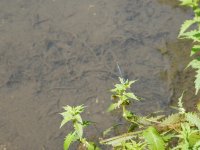

5. Female Small Bluetail? Not sure as I didn‘t seem to be notably smaller than the Common Bluetail beneath. (At the same location I also found what I think was an immature female Small bluetail but didn‘t have the camera ready: very small damselfly with orange thorax, black upperside of abdomen and no taillight)
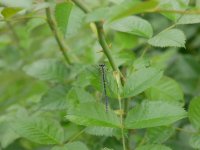
6. I think this is an immature female Common Bluetail. I see a purple thorax, black upperside of abdomen, blue taillight
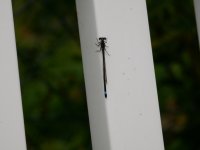
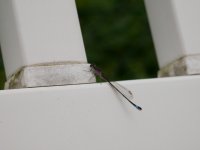
7. Last one I think is an immature male Common Bluetail
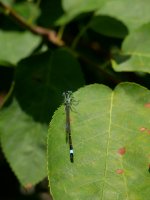
Thanks for your help!
still struggling with IDs, whenever I feel I am getting better there is some kind of setback with ether a misidentification or a species I can‘t ID at all. As a result I don‘t feel confident in my IDs.
Yesterday and today I went out again to take some pictures near Mönchengladbach. For most I think I got the ID right but would like to ask for confirmation. Also it would be nice if you could help me with number 4.
1. Male Common Darter? Black legs with yellow streaks, black at base of frons but not extending down the side




2. Keeled Skimmer?

3. Azure Bluet?

4. Strugglin with this one. In field I thought female Azure Bluet as it was flying along male Azure Bluets, but after seeing the photo, I struggle to match it with the pictures in my guidebook. Markings on the back look similar to female Blue featherleg but the legs does look like a featherleg. The form of the markings could also be the result of the sun being reflected on the abdomen. So what species is this?


5. Female Small Bluetail? Not sure as I didn‘t seem to be notably smaller than the Common Bluetail beneath. (At the same location I also found what I think was an immature female Small bluetail but didn‘t have the camera ready: very small damselfly with orange thorax, black upperside of abdomen and no taillight)

6. I think this is an immature female Common Bluetail. I see a purple thorax, black upperside of abdomen, blue taillight


7. Last one I think is an immature male Common Bluetail

Thanks for your help!





